Trying to animate at 60FPS an element with absolute positioning on the screen I noticed that most CPU time is used by recaculateStyles.
Can I change the element.style.transform property without triggering recalculate styles?
Currently I change the position like so: el.style.transform = 'translate3d(${x}px, ${y}px, 0px)';
Here's a demo: http://jsfiddle.net/pLtvxv41/ You can use the Google Chrome performance dev tool to see the usage of the recalculateStyle function.
Can this be changed in a more efficient way?
